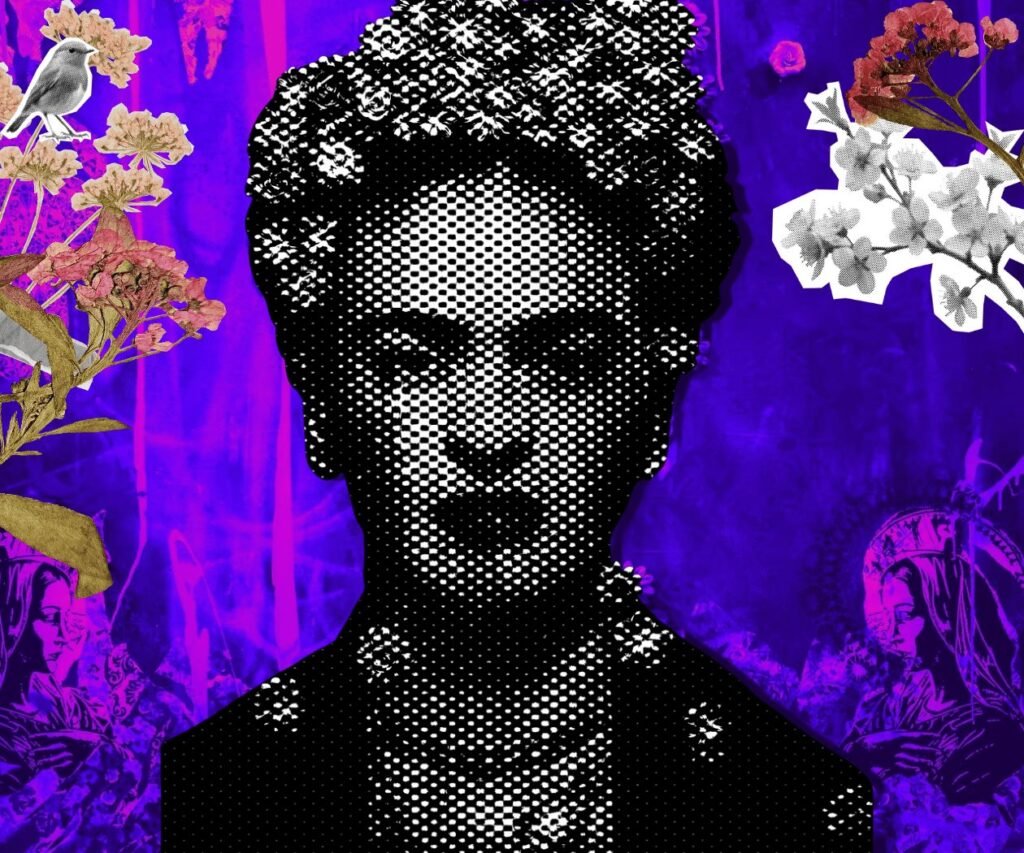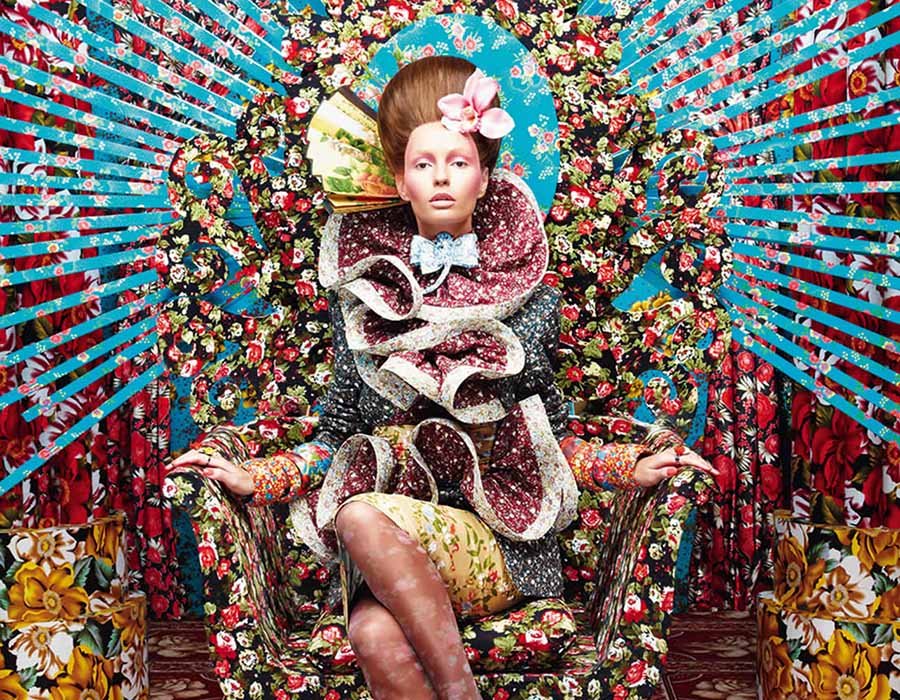In recent years, kitsch aesthetics have made a strong comeback in contemporary art, gaining visibility in galleries, fairs, and interior design. Marked by excess, vibrant colors, and a taste for the artificial, kitsch was long viewed as a symbol of “bad taste.” Today, however, it returns with a provocative purpose: to challenge, subvert, and question traditional artistic standards.
Contrary to popular belief, kitsch does not represent only superficiality. It functions both as a critique and as a celebration. Many contemporary artists embrace kitsch as a way to break away from the elitism of traditional art. Simultaneously, kitsch artworks appeal to collectors who want to buy art that stands out. In fact, the blend of kitsch and abstract art has become increasingly popular, opening new conceptual and visual pathways.
From Marginal to Central: Kitsch as Social Critique
For decades, the word “kitsch” was used pejoratively, associated with cheap imitations or vulgar aesthetics. This perception shifted significantly starting in the 1980s, as postmodern artists began to reclaim and reframe the term. In his book Kitsch and Art (1996), Tomas Kulka argues that kitsch should not be dismissed but rather understood as a socially and aesthetically relevant phenomenon. He explains that although kitsch often elicits easy emotional responses, this does not lessen its cultural impact.
Artists like Jeff Koons and Takashi Murakami have turned kitsch into a powerful artistic tool. Koons transforms popular consumer objects into monumental sculptures, as seen in his metallic balloon series. Murakami blends manga, pop art, and traditional Japanese motifs into saturated, colorful works. Both artists elevate kitsch to conceptual art, challenging the audience to question notions of “good taste.”
A 2019 study by the University of Leeds, titled Reevaluating Kitsch in Postmodern Visual Culture, highlights how kitsch aesthetics play a key role in breaking down the barriers between high and low culture. This contributes to more accessible, inclusive, and democratic art — a core value of today’s contemporary scene.
Kitsch and the Art Market: Irony That Sells
With the rise of online art sales, kitsch aesthetics have found a thriving new environment. Once marginalized, these artworks are now featured on major platforms and in interior design settings. People looking to buy art online with authenticity are increasingly drawn to kitsch-inspired pieces that are bold and unconventional. The combination of kitsch and abstract art is especially appealing, offering works that not only decorate but also spark conversation.
According to the Global Art Market Report 2023 by Art Basel and UBS, sales of non-traditional art — including kitsch, pop, and digital — grew by 18% in the last year. Platforms like Artsy, Saatchi Art, and independent galleries rank among the best places to buy contemporary art online, thanks to their inclusive curations.

Interior designers, too, are embracing kitsch as a statement-making element in bold projects. When paired with neutral furnishings, vibrant kitsch pieces create striking contrast and emotional impact. As a result, kitsch aesthetics have also become a rising trend in abstract art for decoration, adding playfulness and visual depth.
Therefore, anyone looking to buy abstract art should explore artists who intelligently engage with kitsch. More than just a flamboyant style, it’s an artistic language that provokes, questions, and dares. Once seen as lowbrow, kitsch now holds a prominent place in contemporary art, vibrant, ironic, and unapologetically bold.



